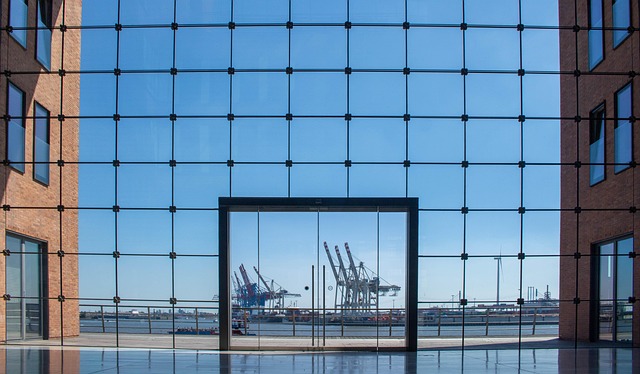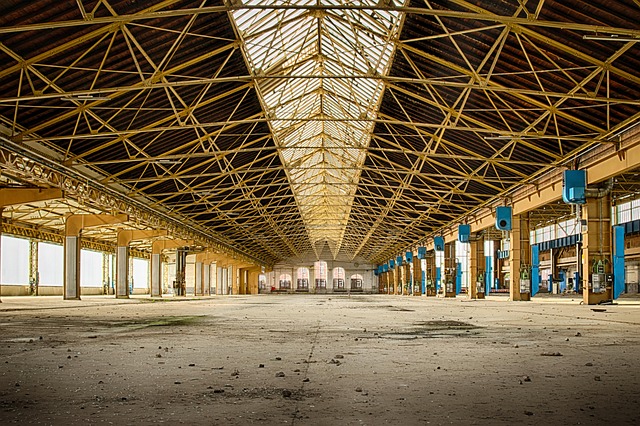Strategic real estate placement for distribution centers is key to operational success, influencing value and efficiency. Proximity to transportation hubs and major markets reduces delivery times and costs. Advanced technologies like automation, robotics, and data analytics have transformed supply chain management within DCs, optimizing processes, speeding up order fulfillment, and enhancing resource allocation. E-commerce's rise has prompted modern DC designs focused on speed and agility, enabling faster deliveries and improved customer satisfaction in a dynamic supply chain landscape. As technology advances, DCs evolve into intelligent and sustainable hubs shaping global supply chain management.
Distribution centers (DCs) are vital nodes in modern supply chains, ensuring efficient goods movement. This article delves into the strategic factors shaping DC real estate, from location choices to infrastructure design. We explore how technology is revolutionizing supply chain management within these facilities, enhancing operations and optimizing resource allocation. By understanding these key elements, businesses can leverage DCs as competitive advantages in today’s dynamic market, ultimately driving success in global trade.
The Role of Strategic Location in Distribution Center Real Estate

The strategic location of distribution centers plays a pivotal role in their real estate value and overall success. When selecting a site, companies carefully consider factors like proximity to transportation hubs, major markets, and supplier networks. For instance, being within close reach of ports for easy import or in the center of a country’s road network for efficient land-based transport can significantly reduce delivery times and costs.
This strategic positioning allows for better inventory management and faster response times to customer demands. In today’s fast-paced supply chain environment, where speed and agility are key, real estate choices directly impact operational efficiency. Thus, the location of distribution centers is a critical aspect that contributes to their overall effectiveness in fueling the supply chain.
Infrastructure and Design Considerations for Efficient Operations

The design and infrastructure of distribution centers play a pivotal role in ensuring efficient supply chain operations. Strategic real estate selection is paramount, factoring in proximity to transportation networks, population centers, and available labor pools. Well-planned facilities often incorporate optimized layout designs, featuring dedicated spaces for receiving, storage, picking, packing, and shipping processes.
Innovative features like automated material handling systems, advanced inventory management software, and smart lighting can significantly enhance productivity. Efficient use of space through vertical integration and clever design strategies, such as cross-docking and flow optimization, further streamline operations, reducing costs and improving order fulfillment speeds.
The Impact of Technology on Supply Chain Management within DCs

The integration of technology in distribution centers (DCs) has brought about a significant transformation in supply chain management, optimizing processes and enhancing overall efficiency. Advanced technologies like automation, robotics, and data analytics have revolutionized inventory management, order fulfillment, and logistics within DCs. These innovations enable faster processing times, improved accuracy, and better resource allocation. For instance, automated storage and retrieval systems streamline the movement of goods, reducing manual labor requirements and potential errors.
In terms of real estate, the rise of e-commerce has prompted a shift in DC design and location strategies. Modern distribution centers are now optimized for speed and agility, featuring advanced sorting technologies and efficient layout designs. This evolution ensures that supply chains can keep up with the rapid demand fluctuations, offering faster delivery times and improved customer satisfaction. As technology continues to advance, DCs are poised to become even more intelligent and sustainable, shaping the future of global supply chain management.






